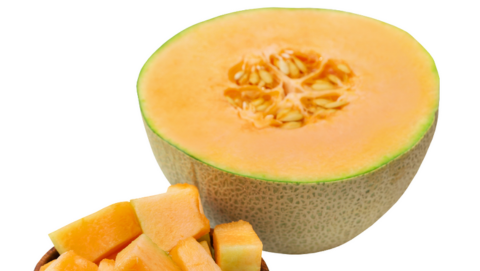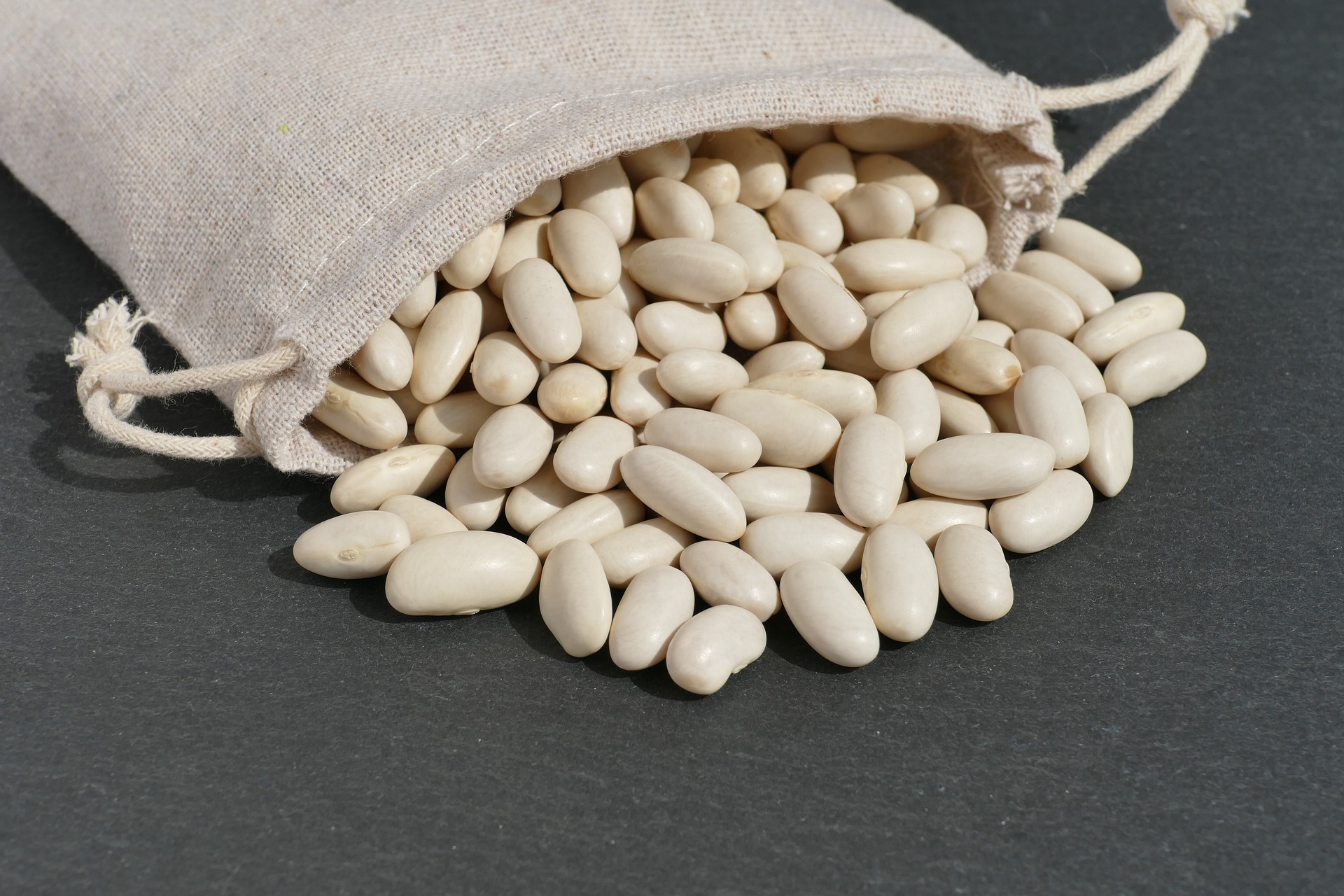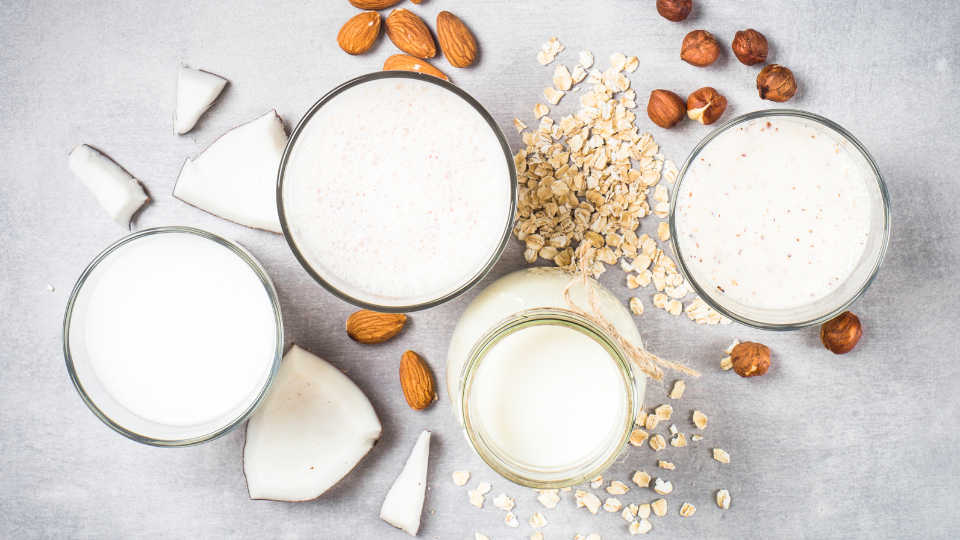Fruit and Vegetable Guide Series: Cantaloupe

Utah Local Fresh Season: Summer, May through September
Availability: Cantaloupe melons can be found May through September in most stores, farmers markets or roadside stands. Cantaloupe melons are also imported from Central America and New Zealand.
Eating: Cantaloupe can be purchased as a whole melon or pre-cut. It has a sweet taste and is usually eaten cold/raw.
 Selecting: Cantaloupes come in many varieties, shapes and sizes. Cantaloupes do not get sweeter after they are harvested, but do continue to soften. They are best when picked at the peak of ripeness, yet still firm. Select round well shaped fruit that is free of bruising or discolorations. It is okay if there is a “bleached” side where the melon rested on the ground. Look for a cantaloupe with evenly distributed, corky “netting.” The “netting” will be either buff or light tan color on either a green, yellow or grey background. Look for a clean smooth break at the stem. It should be slightly soft to the touch, but not be spongy. A sweet smell or aroma may or may not be a good indicator of ripeness. Chilled cantaloupes will not have much smell.
Selecting: Cantaloupes come in many varieties, shapes and sizes. Cantaloupes do not get sweeter after they are harvested, but do continue to soften. They are best when picked at the peak of ripeness, yet still firm. Select round well shaped fruit that is free of bruising or discolorations. It is okay if there is a “bleached” side where the melon rested on the ground. Look for a cantaloupe with evenly distributed, corky “netting.” The “netting” will be either buff or light tan color on either a green, yellow or grey background. Look for a clean smooth break at the stem. It should be slightly soft to the touch, but not be spongy. A sweet smell or aroma may or may not be a good indicator of ripeness. Chilled cantaloupes will not have much smell.
Cleaning: Clean before cutting with warm soapy water to get rid of impurities on the rind that might be transferred from the knife to the flesh.
Storing: Cut cantaloupes are perishable, bruise easily, and spoil at room temperature. Refrigerate in a covered container for up to 3 days. Uncut cantaloupes should not be kept at room temperature for more than 2 to 4 days or until fully ripe, then refrigerate for up to 5 days.
Preparing: Wash the cantaloupe and dry the skin. Cut the cantaloupe open and remove the seeds and strings. It can be served in many ways including cut into halves, quarters, wedges, or cubes; or the flesh can be scooped out with a melon baller. Slice the cantaloupe and run a knife between the flesh and the skin to remove the rind.
Nutrition: Cantaloupe is a great source of vitamin C and vitamin A, potassium, and folate.
Growing Cantaloupe: For tips on how to grow cantaloupe in your garden, read the article “Cantaloupe (Muskmelon) in the Garden,” by Dan Drost. Click the link for the article. https://extension.usu.edu/yardandgarden/research/cantaloupe-in-the-garden
Preserving Cantaloupe: Freezing is the most recommended method for preserving cantaloupe.
After freezing, the melons are best when still frosty. To freeze, select melons that are fully ripe but firm; cut into slices, balls, or cubes. Freeze layers of melon between wax paper. Once frozen, store cantaloupe in plastic bags or containers. Frozen melon should be used within 1 month.
References
- https://nchfp.uga.edu/how/freeze/melon.html
- https://snaped.fns.usda.gov/seasonal-produce-guide/cantaloupe
- https://extension.illinois.edu/gardening/preparing-cantaloupe
Authors
Susan Haws, Extension Assistant Professor
Guide Editors: Heidi LeBlanc and Debra Christofferson
Additional Editors: Marie Stosich, Gayla Johnson, Eileen Milligan
*This publication is a part of a series created by Create Better Health and Utah State Extension Employees. It has been reviewed and updated to include current evidence-based research and recommendations.
Related Nutrition Articles






